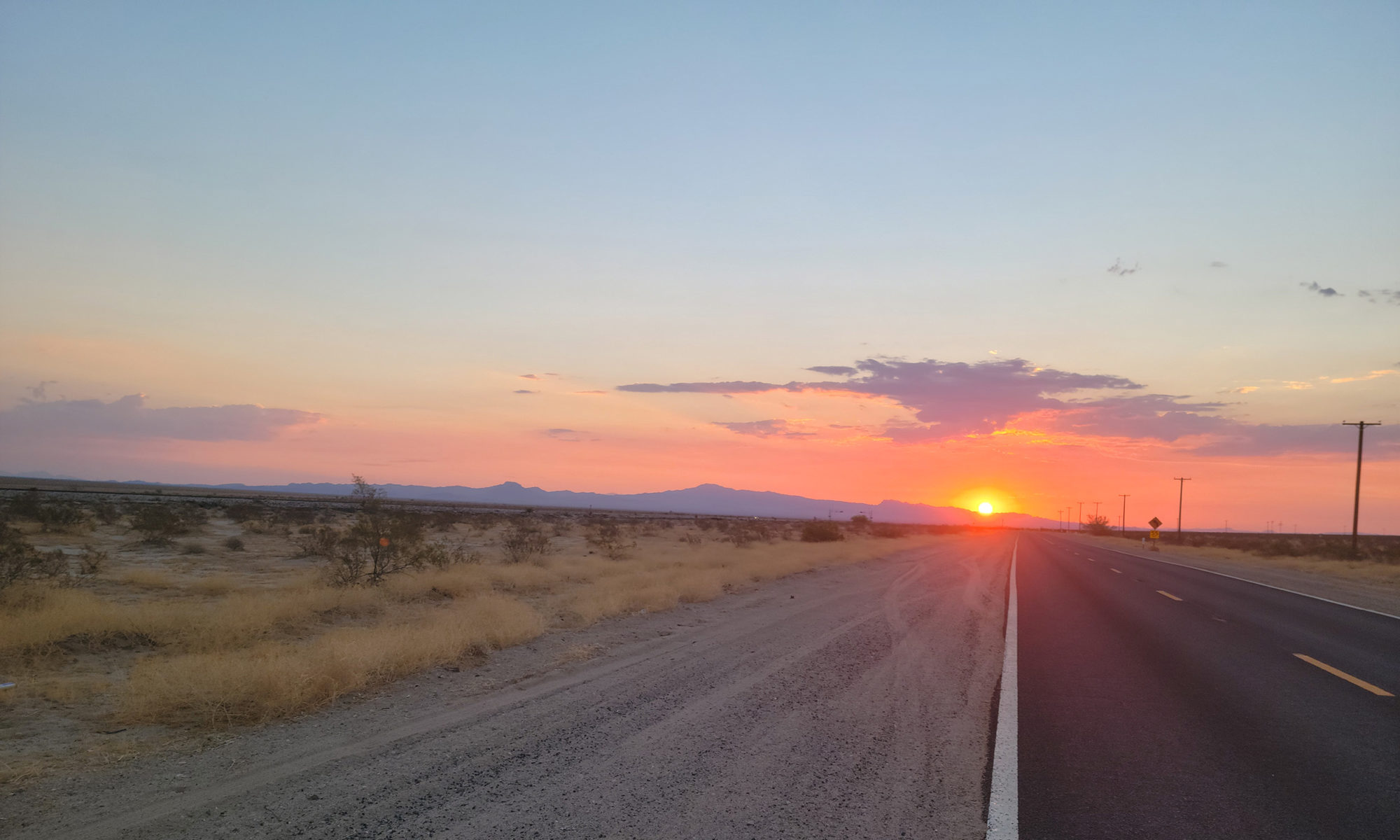It only took six months, but I’ve finally escaped Virginia.
Crossing the Appalachian Trail border into Tennessee, about 3.5 miles south of Damascus (Va.), was a long-coming revelation.

Don’t get me wrong. Virginia is a beautiful state. It has the Shenandoahs and the Blue Ridge mountains. It has charming towns and wonderful people.
But for some reason that I have not yet deciphered, Virginia seems to be my Kryptonite.
When I rode my bicycle from coast to coast in 2021, it was the punishing hills of southwestern Virginia that forced me to shorten my daily miles and reconfigure my plan.
Then in fall 2022, as I hiked the Appalachian Trail south, having completed 1400 miles from Maine, I crossed the border into Virginia on September 27, 2022, and immediately contracted Covid after spending the night in a crowded bunkroom. Six days later, I limped out of my convalescent hotel room and hit the trail again, eager to ramp up miles. Too eager.
One week later, my right foot screamed with pain every time I put weight on it. Stress fracture, I later learned. So I left the trail, back home for the winter and healing.

I returned to Virginia on March 18, 2023, to the exact spot where I limped off the trail five months earlier: Jennings Creek, about 30 miles north of Daleville. I anticipated resuming my AT hike all winter, but the first few days were rough. Freezing nights and mornings. Aching feet from a bad pair of custom orthotics I’d purchased to protect from getting another stress fracture. And, because I wasn’t back in trail shape yet, the hills (always the hills) were killer.
About three weeks of this, I started to regain my trail shape. Then, one fine morning coming out of Marion, Va., I developed an excruciating shin splint in my left leg. Three more days off, hanging out in Damascus. Tennessee beckoned only a few miles away, but I wondered if I would ever be allowed to leave this state.
New State, New Attitude
Finally, on Sunday, April 13, with new shoes, compression socks, a bottle of Ibuprofin and Arnica, I left Damascus and climbed up to the Tennessee border.
It seems far-fetched, but the minute I crossed the border out of Virginia, things changed. My attitude, for one. But also the trail changed, from a green, rocky tunnel through endless Rhododendrons to an open dirt path atop remote ridges overlooking layers of mountain peaks to the horizon. Even the trees suddenly had more leaf buds.
Then there’s my health. The shin splint has continued to improve thanks to Tennessee. I have little doubt that if I were still in Virginia, my shin would have hobbled me by now and probably spread to the other leg.
Finally, your perspective changes in Tennessee when hiking south. You’ve survived a lot by this point, including the fabled Virginia Blues. Now you’re in a new state, one that only takes about a week to get through. And once you do make your way through Tennessee, you only have two states left to complete the journey: North Carolina and Georgia, where Springer Mountain brings you to the southern AT terminus.
Many reasons to celebrate Tennessee.
Virginia Blues
I’m not the only AT thru-hiker to lament Virginia. The state is famous for its mid-hike doldrums. You walk and walk, day after day and the scenery rarely changes.
Or maybe it’s just that Virginia is the longest state on the AT, stretching 556 miles from north to south, nearly twice as long as any other state. We hikers hunger for progress, for variety and landmarks that let us know we are getting somewhere for all our effort. But Virginia just slogs along, week after week, for typically more than a month.
Or, for me, more than six months. I mean, not literally, since I spent the winter at home in western Massachusetts. But mentally, I never really left Virginia. All winter, my thoughts remained stuck to that rural road crossing at Jennings Creek where my cracked toe disallowed further progress.

I traveled back to Daleville and had a hard time escaping that town. The whole state has been one setback after another.
Yet, for all that, I love Virginia. I met wonderful trail angels Linda and Kelly Mulheren there. And I have many amazing Virginia memories.
Still, six months is enough time to spend mentally strapped to that state.
It was high time to have moved on. I’m happy to be in Tennessee.



































